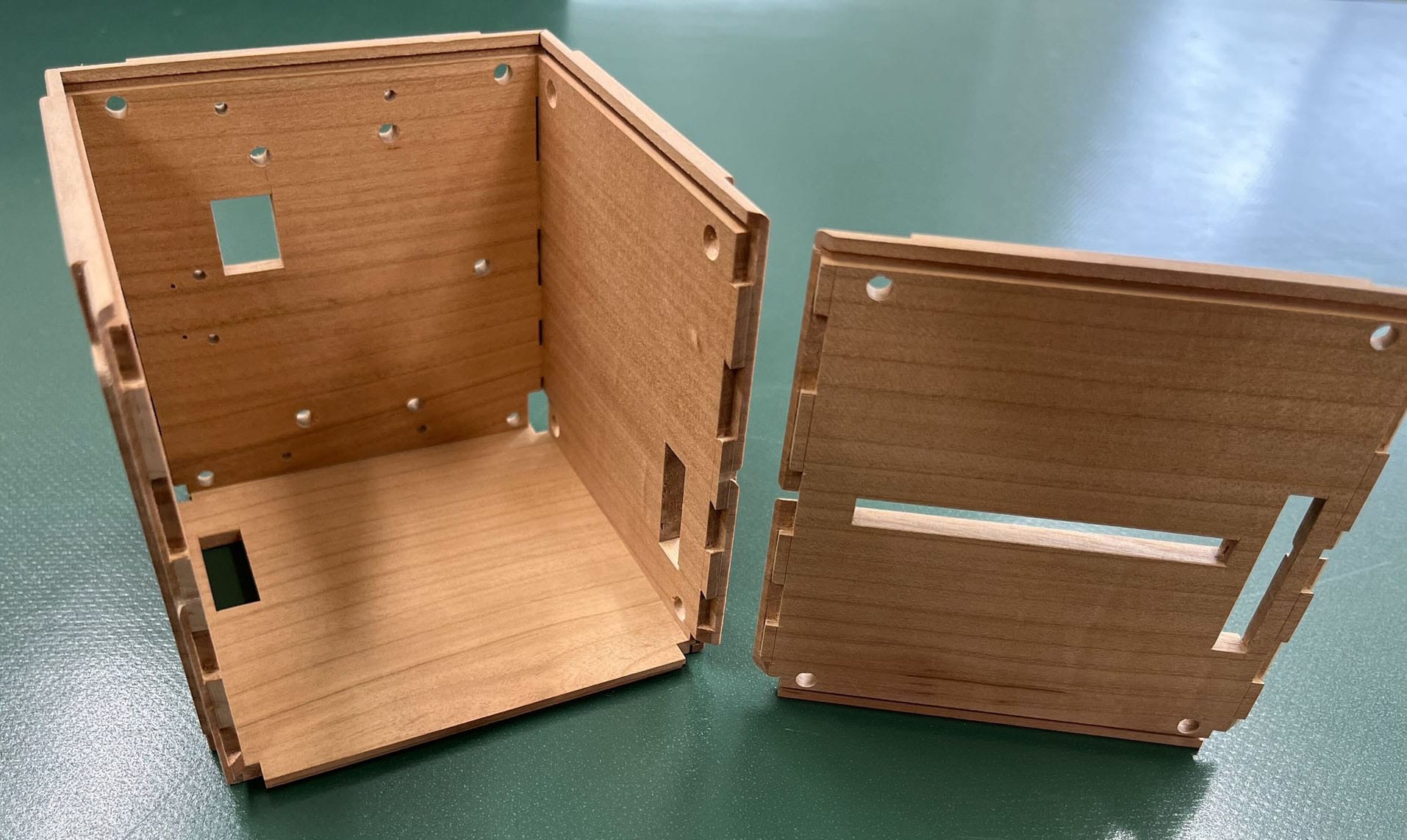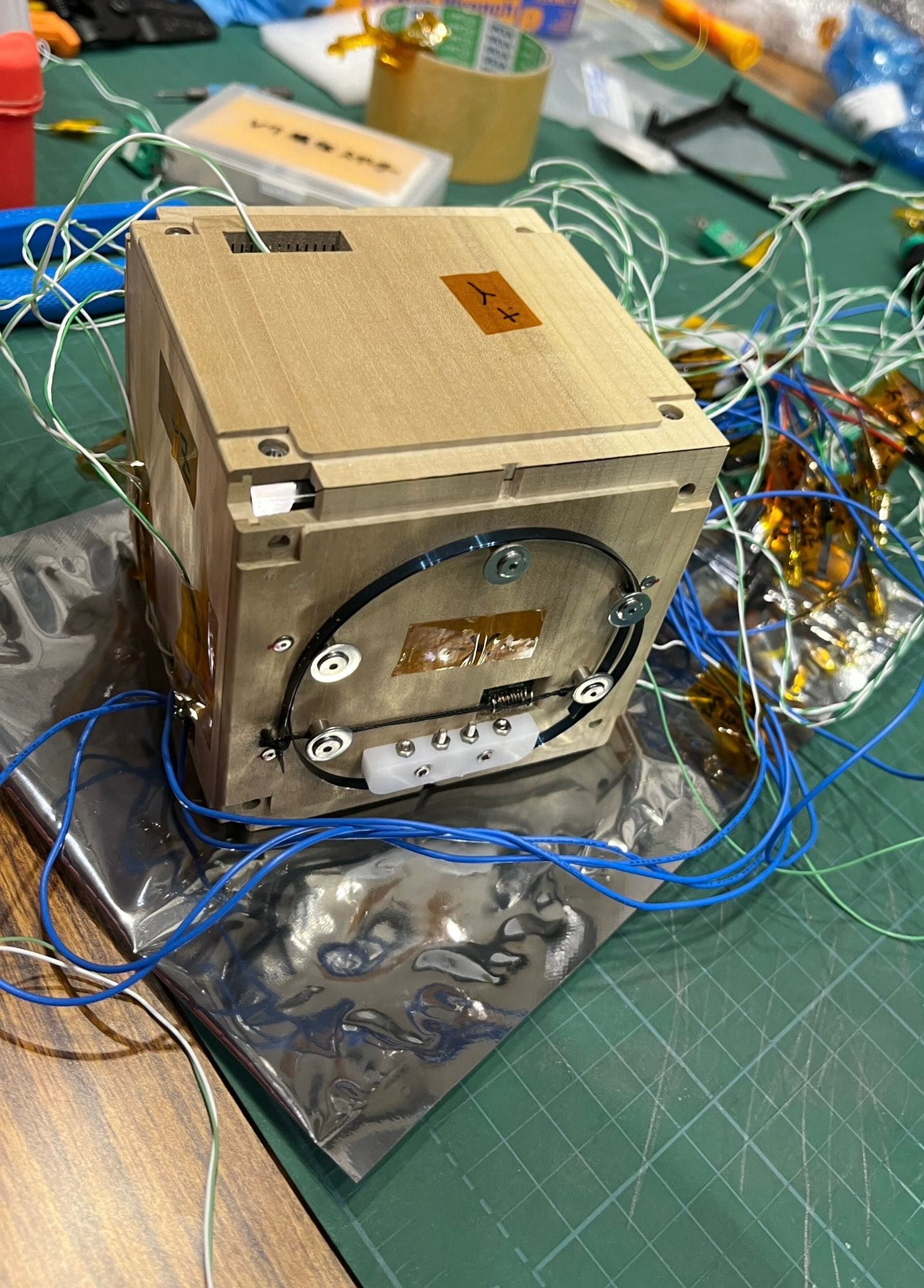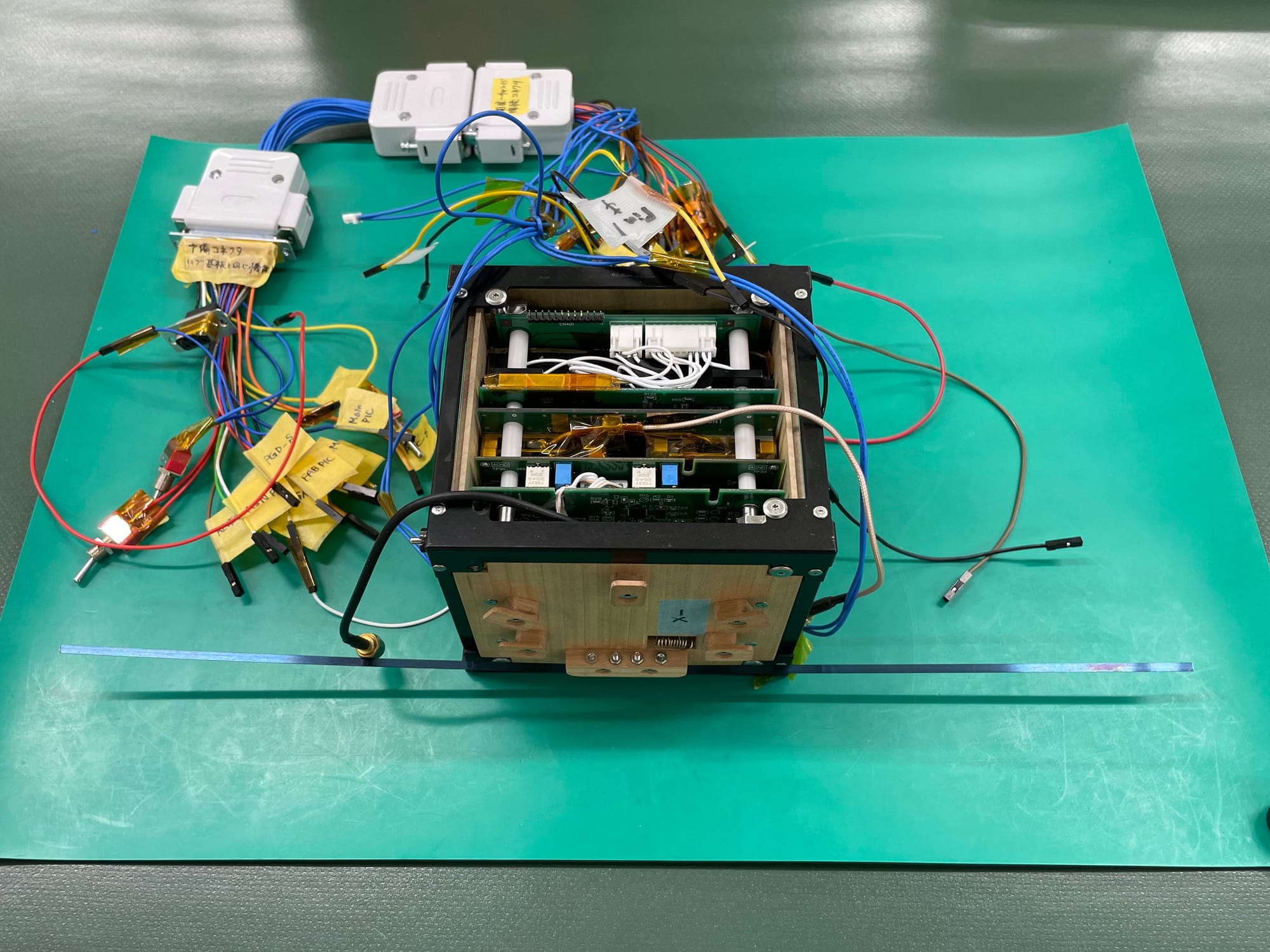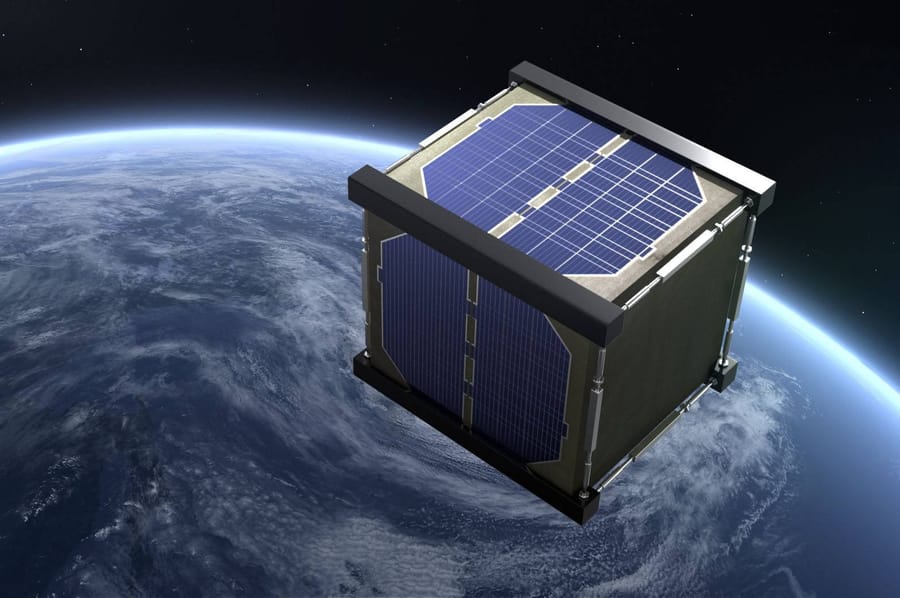The World's First Wooden Satellite and its Sustainability Potential
As a DIY guy and hobby carpenter in love with wood I was fascinated reading about the first wooden satellite that made it to space and even to the ISS! Here are my thoughts:
A New Chapter in Sustainable Space Technology
The world’s first wooden satellite, LignoSat, arrived at the International Space Station (ISS) on November 5, 2024. This innovative project, developed by researchers at Kyoto University in partnership with Sumitomo Forestry, marks a significant step in sustainable satellite technology. LignoSat’s unassuming 4-inch / 10 cm cubical form may appear modest, but it represents a bold experiment in reducing the environmental impact of satellite technology.
The Environmental Drawbacks of Traditional Satellites
Modern satellites are typically made of metal alloys like aluminum, which, while strong and durable, have environmental costs. When conventional satellites complete their life cycles and re-enter Earth’s atmosphere, they burn up, releasing aluminum oxides. These particles can impact Earth’s thermal balance and damage the ozone layer. As more satellites are launched, particularly with the rise of massive constellations like SpaceX's Starlink, concerns over their environmental footprint have intensified.

The Advantages of Wood and its Surprising Durability in Space
Wooden satellites could offer a cleaner alternative. By using wood, LignoSat’s creators aim to reduce the release of harmful substances upon atmospheric re-entry. The research team ultimately selected magnolia wood due to its strength, dimensional stability, and ease of handling.
The idea of sending a wooden structure into space might seem counterintuitive, but recent tests have shown that wood can withstand the rigors of the space environment. The LignoSat project began in April 2020, with Kyoto University researchers and Sumitomo Forestry subjecting various wood samples to simulated conditions of low Earth orbit. These samples were launched to the ISS and exposed to the vacuum of space for ten months. The results were surprising: the wood showed no cracking, warping, or surface damage, even after exposure to extreme temperatures and cosmic radiation.

Next steps - The Journey of LignoSat
After arriving at the ISS on November 5, 2024, LignoSat will soon be deployed from the Kibo module to test its performance in orbit. Over the next six months, the satellite’s onboard sensors will monitor temperature and structural strain, transmitting this data back to Earth. This trial period will provide crucial insights into the feasibility of wood in space and assess how it interacts with atomic oxygen and radiation.
If LignoSat’s test mission succeeds, it could spark a new wave of eco-friendly satellite technology. Wooden satellites promise a range of benefits: they are cheaper, easier to produce, and fully burn up upon re-entry without leaving harmful residues. For Earth-bound satellites that inevitably end up in the atmosphere, wooden materials could mean a cleaner re-entry and a reduced environmental footprint.

Towards a More Sustainable Space Exploration
LignoSat’s journey isn’t just about testing a new material; it is about rethinking our approach to technology and sustainability in space. Wooden satellites could be one solution to the growing issue of orbital pollution, offering an eco- and Earth-friendly alternative to non-renewable resources. If LignoSat’s trial is successful, we could be entering an era where wooden satellites orbit Earth, marking a unique milestone in sustainable usage of outer space.
Keep watching this space - perhaps I will post my own wooden satellite one day!
Credits: All photos from https://www.nanosats.eu/sat/lignosat with further references.
